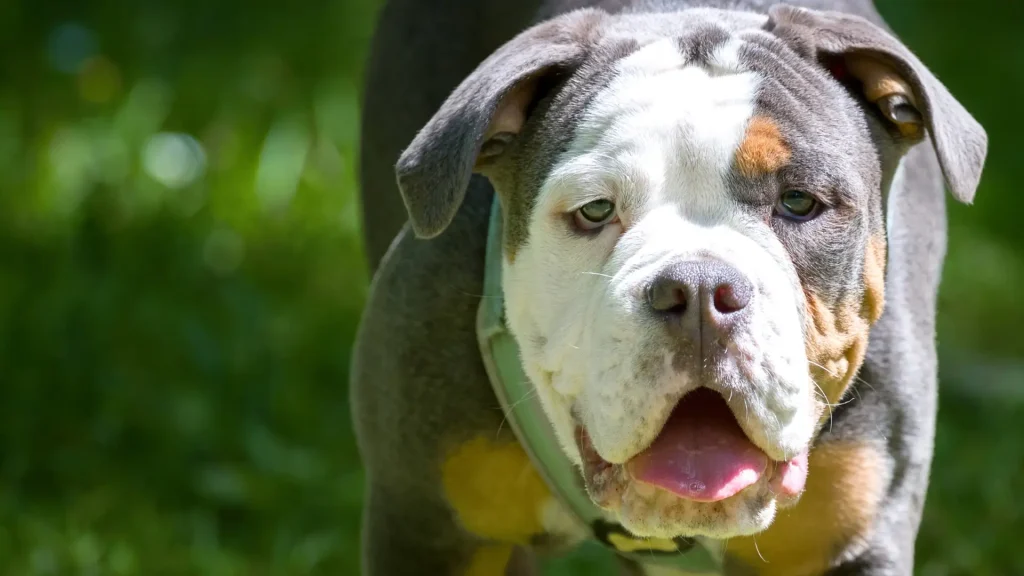Deciding whether to adopt or purchase a Dorset Olde Tyme Bulldogge puppy depends largely on your priorities regarding lineage clarity and ethical considerations. Purchasing from a reputable breeder usually guarantees detailed health and pedigree information, which is important for this specific breed. On the other hand, adopting offers a chance to provide a home for a dog in need, although specific breed puppies may be less commonly available.
| Criteria | Buying from Breeder | Adopting from Shelter/Rescue |
|---|---|---|
| Cost | Typically higher, reflecting purebred status and breeding quality, often several hundred to over a thousand dollars. | Lower fees, generally more affordable, but breed-specific puppies are rare. |
| Health History | Comprehensive health records and genetic screenings from responsible breeders to reduce inherited issues. | Health history may be incomplete; medical checks done on intake but detailed genetics often unknown. |
| Age Availability | Primarily young puppies, allowing early bonding and training. | Varies widely, puppies less common; mostly adults or mixed ages. |
| Temperament Insight | Breeders provide insight into lineage temperament to help predict behavior. | Temperament assessed individually; past history may be unknown. |
| Supporting Practices | Supports structured breeding programs aiming to maintain breed standards. | Supports animal welfare by rescuing dogs needing homes, less focused on breed preservation. |
| Ethical Considerations | Choosing ethical breeders avoids supporting puppy mills or unethical practices. | Adoption helps save lives and reduces shelter overcrowding, reflecting strong welfare values. |



















































